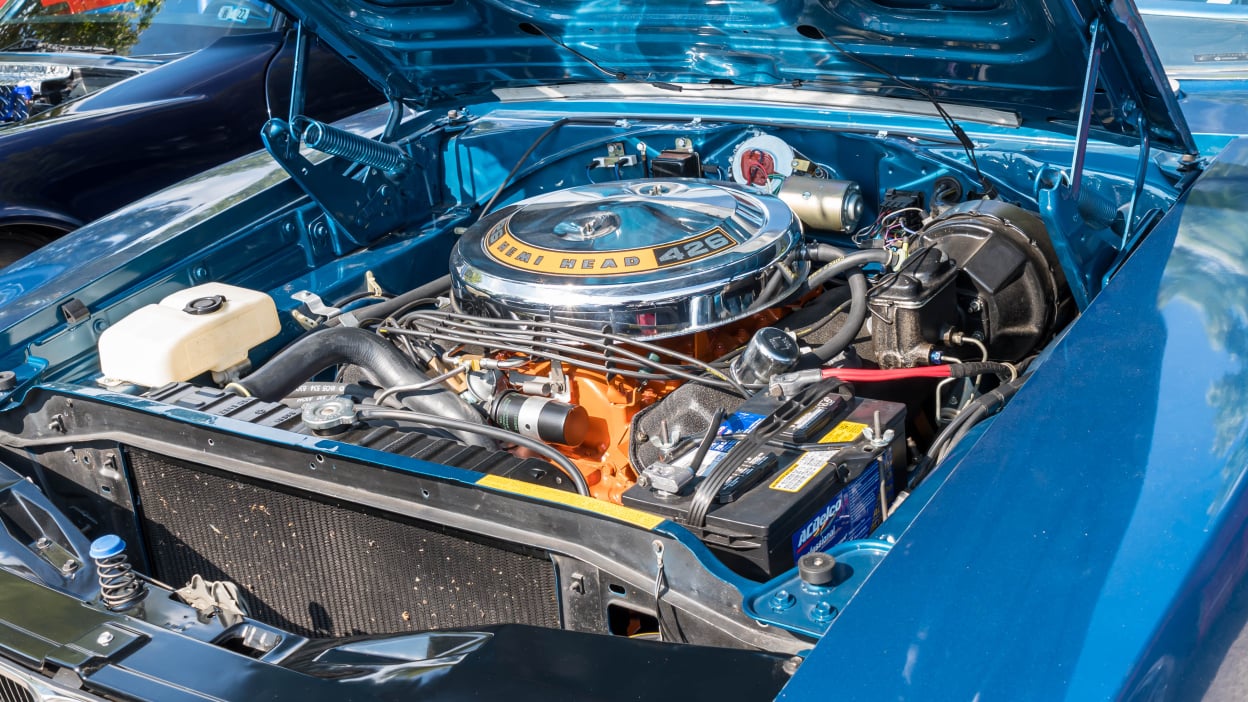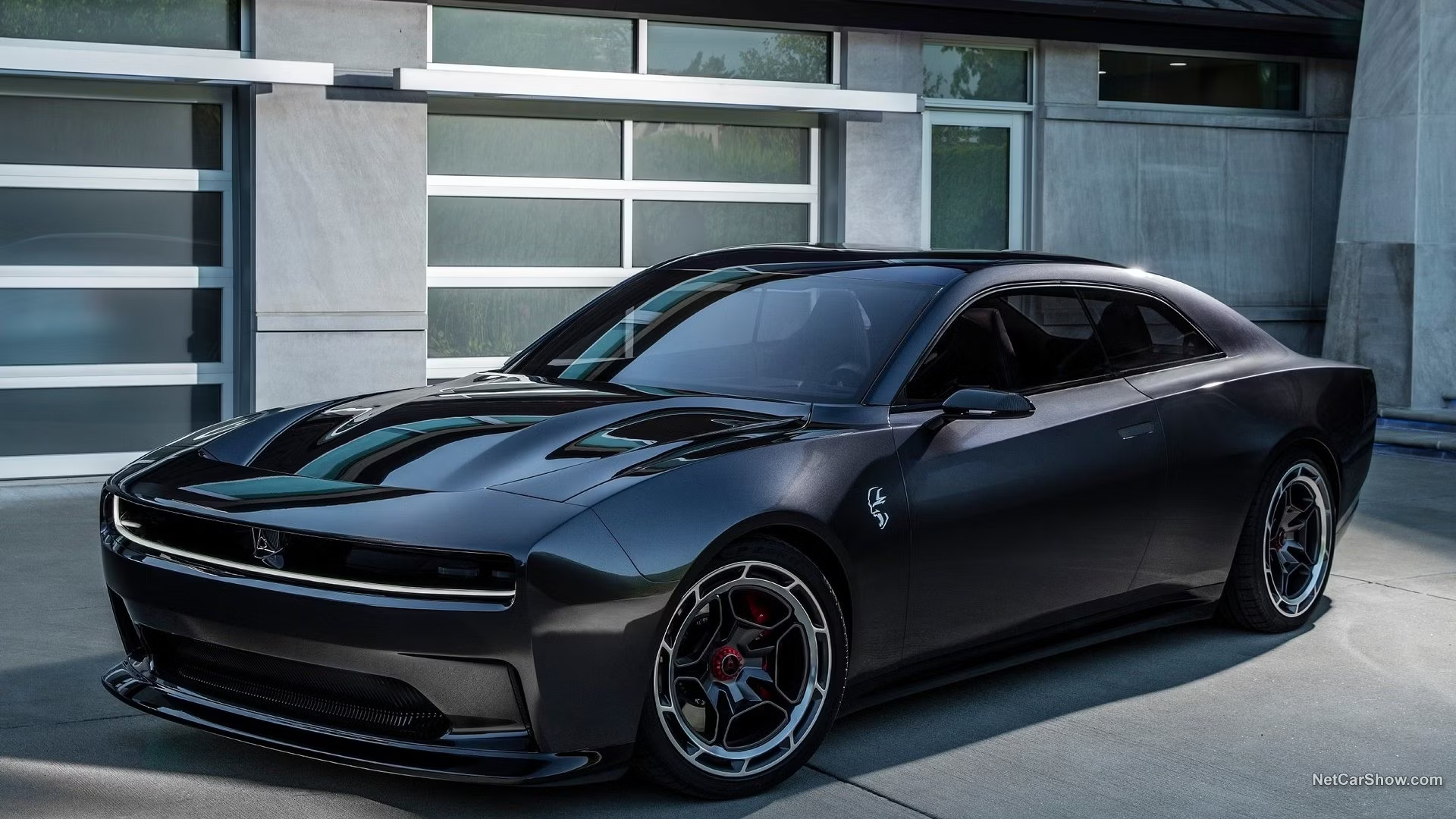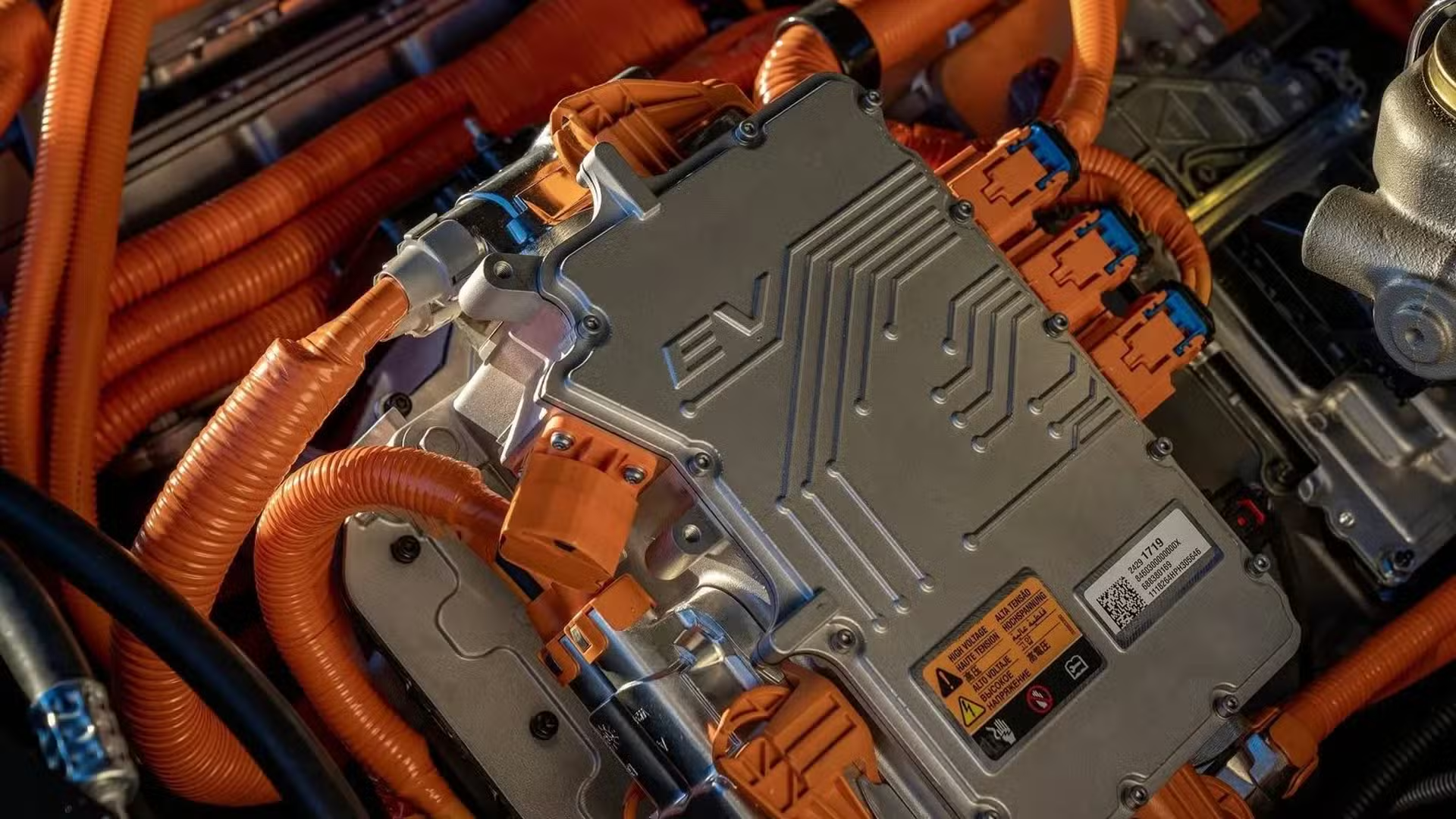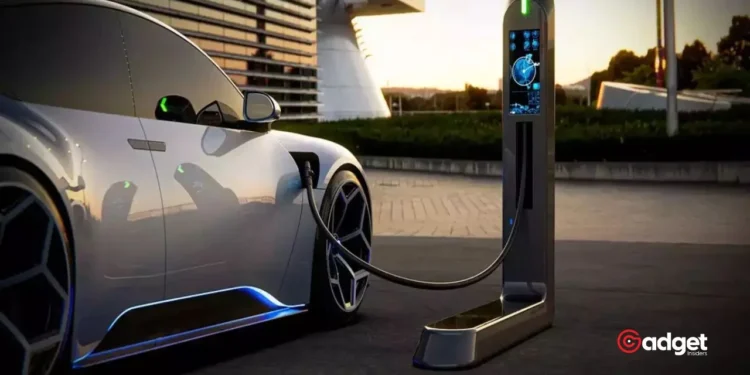In an industry where silence could once be taken for granted, electric vehicles (EVs) are now legally mandated to make their presence known. The synthetic sounds they emit at low speeds are crucial for pedestrian safety. Recently, a survey conducted by CloudArmy and Listen revealed a fascinating preference among EV owners and prospective buyers: the nostalgic hum of gas-powered cars is the preferred sound, blending the old with the new in automotive design.

Consumer Preferences Lean Toward Classic Auto Sounds
The survey, involving 400 participants, half of whom are current or prospective electric vehicle owners, explored reactions to 10 different synthetic noises—ranging from ‘hummable’ tonal sounds to non-tonal sounds like white noise. The findings were clear: respondents favored sounds that evoked memories of traditional gas vehicles, particularly those reminiscent of “wind, water, and white noise.”
The Science Behind the Sounds
Despite the preference for non-tonal sounds, the survey indicated that tonal noises, despite being more noticeable, were less popular among consumers due to their high-pitched, sci-fi-like quality. Paul Amitai, executive strategy director at Listen, noted that early electric vehicles sounds often led to ear fatigue and annoyance, resembling something out of a futuristic novel rather than the comforting rumble of a combustion engine.

Regulatory Influence on Electric Vehicles Soundscapes
Regulations have driven the evolution of electric vehicle soundscapes. Since 2020, U.S. laws require electric vehicles to emit detectable noise at speeds under 18.6 miles per hour. This legislation has opened new avenues in sound design, where automakers collaborate with audio experts to craft sounds that are not only safe but also enhance the brand identity of the vehicle.
Automakers’ Creative Approaches to Electric Vehicles Sounds
Leading the charge in sonic branding, Porsche spent seven years developing the artificial noise for its Taycan electric vehicle sedan. The sound, described as “characteristic, sporty, and powerful,” reflects the car’s dynamic nature. However, efforts to trademark this unique sound were rebuffed by the European Intellectual Property Office, which found it insufficiently distinctive.

The Future of EV Sounds
As electric vehicles continue to evolve, so too does the landscape of their auditory signatures. Automakers are tasked with finding the perfect balance between a sound that is pleasant yet effective at alerting pedestrians. The journey of integrating effective soundscapes into electric vehicles is just as much about safety as it is about maintaining a connection to the nostalgic elements of driving, ensuring that the cars of the future resonate, quite literally, with the consumers of today.










